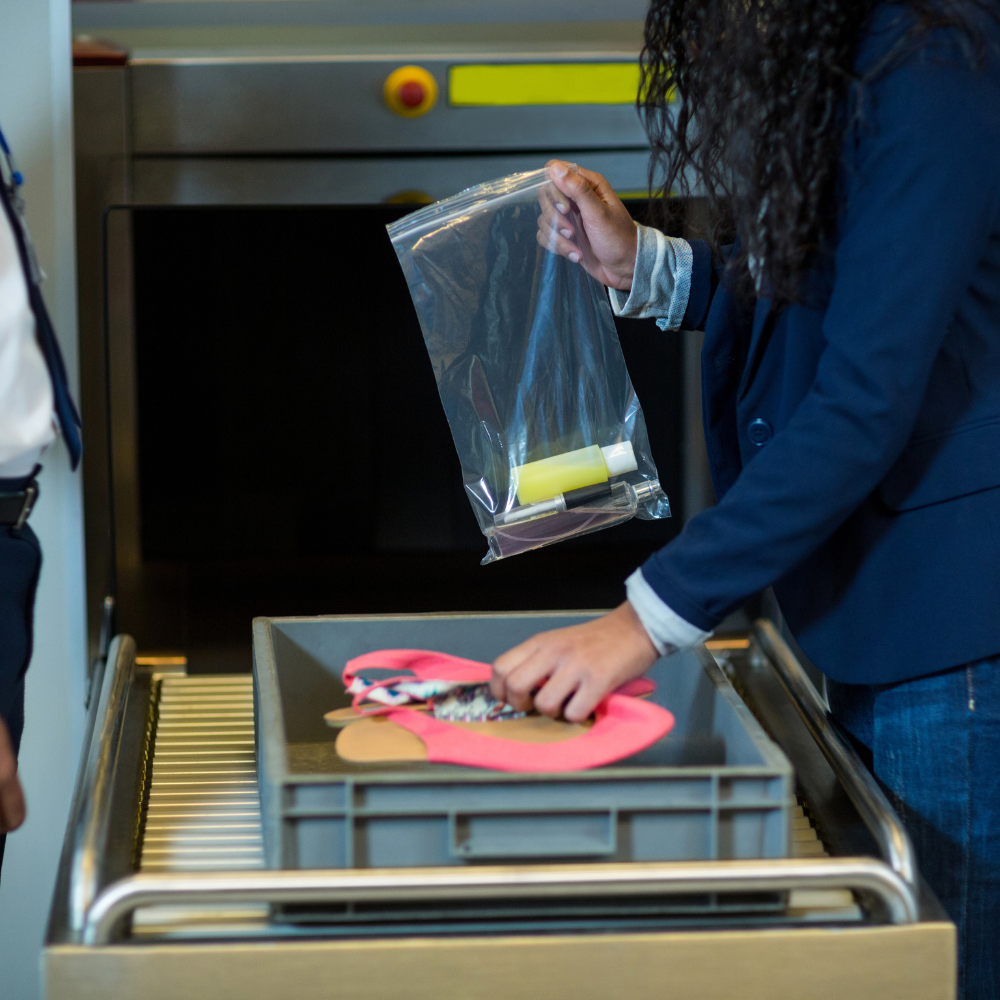 On the anniversary of two previous terrible quakes, a magnitude 7.6 earthquake struck Mexico's central Pacific coast on Monday, killing at least one person and setting off a seismic alarm in the trembling capital. The U.S. Geological Survey, which had first estimated the magnitude of the earthquake as 7.5, stated that there were at least some early reports of building damage from the quake, which struck at 1:05 p.m. local time.
The earthquake was reported to have been centered 37 kilometers (23 miles) southeast of Aquila, close to the border between the states of Colima and Michoacan, and at a depth of 15.1 kilometers (9.4 miles). One person was killed in the port city of Manzanillo, Colima after a wall at a mall collapsed, the president of Mexico, Andrés Manuel López Obrador, claimed through Twitter. He received the information from the secretary of the navy.
Although there were reports of building damage in Coalcoman, Michoacan, which was close to the epicenter of the earthquake, no injuries were reported right away.
Carla Cárdenas, 16, a resident of Coalcoman, said, "It started gently and then was incredibly forceful and continued and continued until it started to relent." Cárdenas escaped the hotel where her family was staying and waited with nearby residents.
She claimed that the hotel and some of the homes along the street had cracked walls and that sections of facades and roofs had broken off. She stated that the town's hospital had been severely damaged, but she had not heard of any injuries as of yet.
The National Civil Defense agency of Mexico stated that changes in coastal water levels close to the epicenter of a tsunami of up to 32 inches (82 cm) were probably based on historical data on tsunamis in Mexico. According to the U.S. Tsunami Warning Center, dangerous tsunami waves could reach coasts within 186 miles of the epicenter.
There have been no complaints of property damage in the city's capital, according to Mexico City Mayor Claudia Sheinbaum.
Less than an hour earlier, in a statewide earthquake simulation commemorating significant, fatal quakes that occurred on the same date in 1985 and 2017, earthquake alarms warbled. This time, the alarms for the new earthquake were sounded.
According to seismologist Paul Earle of the U.S. Geological Survey, the fact that this is the third earthquake on September 19 is a coincidence. In Mexico, there is neither a physical cause for the occurrence of earthquakes nor a statistical bias in favor of them.
Nowhere on the planet, according to Earle, is there a season or month when they are more likely to occur. However, there is one predictable phenomenon: people look for coincidences that resemble patterns and occasionally discover them.
As soon as the query arose, we anticipated receiving it, said Earle. "Coincidences do happen occasionally." According to Earle, the quake was unrelated to or unrelated to the drill that occurred an hour or so earlier and wasn't connected to a destructive earthquake that struck Taiwan the day before.
Holding his 3-year-old son, Humberto Garza stood in front of a restaurant in the Roma district of Mexico City. Garza stated that the earthquake alert rang so soon after the annual simulation that he was unsure it was real, like many people lingering around outside following the earthquake.
There are holes in the walls on the second level of the hotel and the roof of the parking lot collapsed, according to Cárdenas. Parts of the city were without power, including stoplights, which exacerbated the capital's already renowned traffic problems.
On the anniversary of two previous terrible quakes, a magnitude 7.6 earthquake struck Mexico's central Pacific coast on Monday, killing at least one person and setting off a seismic alarm in the trembling capital. The U.S. Geological Survey, which had first estimated the magnitude of the earthquake as 7.5, stated that there were at least some early reports of building damage from the quake, which struck at 1:05 p.m. local time.
The earthquake was reported to have been centered 37 kilometers (23 miles) southeast of Aquila, close to the border between the states of Colima and Michoacan, and at a depth of 15.1 kilometers (9.4 miles). One person was killed in the port city of Manzanillo, Colima after a wall at a mall collapsed, the president of Mexico, Andrés Manuel López Obrador, claimed through Twitter. He received the information from the secretary of the navy.
Although there were reports of building damage in Coalcoman, Michoacan, which was close to the epicenter of the earthquake, no injuries were reported right away.
Carla Cárdenas, 16, a resident of Coalcoman, said, "It started gently and then was incredibly forceful and continued and continued until it started to relent." Cárdenas escaped the hotel where her family was staying and waited with nearby residents.
She claimed that the hotel and some of the homes along the street had cracked walls and that sections of facades and roofs had broken off. She stated that the town's hospital had been severely damaged, but she had not heard of any injuries as of yet.
The National Civil Defense agency of Mexico stated that changes in coastal water levels close to the epicenter of a tsunami of up to 32 inches (82 cm) were probably based on historical data on tsunamis in Mexico. According to the U.S. Tsunami Warning Center, dangerous tsunami waves could reach coasts within 186 miles of the epicenter.
There have been no complaints of property damage in the city's capital, according to Mexico City Mayor Claudia Sheinbaum.
Less than an hour earlier, in a statewide earthquake simulation commemorating significant, fatal quakes that occurred on the same date in 1985 and 2017, earthquake alarms warbled. This time, the alarms for the new earthquake were sounded.
According to seismologist Paul Earle of the U.S. Geological Survey, the fact that this is the third earthquake on September 19 is a coincidence. In Mexico, there is neither a physical cause for the occurrence of earthquakes nor a statistical bias in favor of them.
Nowhere on the planet, according to Earle, is there a season or month when they are more likely to occur. However, there is one predictable phenomenon: people look for coincidences that resemble patterns and occasionally discover them.
As soon as the query arose, we anticipated receiving it, said Earle. "Coincidences do happen occasionally." According to Earle, the quake was unrelated to or unrelated to the drill that occurred an hour or so earlier and wasn't connected to a destructive earthquake that struck Taiwan the day before.
Holding his 3-year-old son, Humberto Garza stood in front of a restaurant in the Roma district of Mexico City. Garza stated that the earthquake alert rang so soon after the annual simulation that he was unsure it was real, like many people lingering around outside following the earthquake.
There are holes in the walls on the second level of the hotel and the roof of the parking lot collapsed, according to Cárdenas. Parts of the city were without power, including stoplights, which exacerbated the capital's already renowned traffic problems.
News In Focus
 Yash Ranjan09/20/202215
Yash Ranjan09/20/202215
On the anniversary of two previous earthquakes, a 7.6 magnitude earthquake shakes Mexico
 On the anniversary of two previous terrible quakes, a magnitude 7.6 earthquake struck Mexico's central Pacific coast on Monday, killing at least one person and setting off a seismic alarm in the trembling capital. The U.S. Geological Survey, which had first estimated the magnitude of the earthquake as 7.5, stated that there were at least some early reports of building damage from the quake, which struck at 1:05 p.m. local time.
The earthquake was reported to have been centered 37 kilometers (23 miles) southeast of Aquila, close to the border between the states of Colima and Michoacan, and at a depth of 15.1 kilometers (9.4 miles). One person was killed in the port city of Manzanillo, Colima after a wall at a mall collapsed, the president of Mexico, Andrés Manuel López Obrador, claimed through Twitter. He received the information from the secretary of the navy.
Although there were reports of building damage in Coalcoman, Michoacan, which was close to the epicenter of the earthquake, no injuries were reported right away.
Carla Cárdenas, 16, a resident of Coalcoman, said, "It started gently and then was incredibly forceful and continued and continued until it started to relent." Cárdenas escaped the hotel where her family was staying and waited with nearby residents.
She claimed that the hotel and some of the homes along the street had cracked walls and that sections of facades and roofs had broken off. She stated that the town's hospital had been severely damaged, but she had not heard of any injuries as of yet.
The National Civil Defense agency of Mexico stated that changes in coastal water levels close to the epicenter of a tsunami of up to 32 inches (82 cm) were probably based on historical data on tsunamis in Mexico. According to the U.S. Tsunami Warning Center, dangerous tsunami waves could reach coasts within 186 miles of the epicenter.
There have been no complaints of property damage in the city's capital, according to Mexico City Mayor Claudia Sheinbaum.
Less than an hour earlier, in a statewide earthquake simulation commemorating significant, fatal quakes that occurred on the same date in 1985 and 2017, earthquake alarms warbled. This time, the alarms for the new earthquake were sounded.
According to seismologist Paul Earle of the U.S. Geological Survey, the fact that this is the third earthquake on September 19 is a coincidence. In Mexico, there is neither a physical cause for the occurrence of earthquakes nor a statistical bias in favor of them.
Nowhere on the planet, according to Earle, is there a season or month when they are more likely to occur. However, there is one predictable phenomenon: people look for coincidences that resemble patterns and occasionally discover them.
As soon as the query arose, we anticipated receiving it, said Earle. "Coincidences do happen occasionally." According to Earle, the quake was unrelated to or unrelated to the drill that occurred an hour or so earlier and wasn't connected to a destructive earthquake that struck Taiwan the day before.
Holding his 3-year-old son, Humberto Garza stood in front of a restaurant in the Roma district of Mexico City. Garza stated that the earthquake alert rang so soon after the annual simulation that he was unsure it was real, like many people lingering around outside following the earthquake.
There are holes in the walls on the second level of the hotel and the roof of the parking lot collapsed, according to Cárdenas. Parts of the city were without power, including stoplights, which exacerbated the capital's already renowned traffic problems.
On the anniversary of two previous terrible quakes, a magnitude 7.6 earthquake struck Mexico's central Pacific coast on Monday, killing at least one person and setting off a seismic alarm in the trembling capital. The U.S. Geological Survey, which had first estimated the magnitude of the earthquake as 7.5, stated that there were at least some early reports of building damage from the quake, which struck at 1:05 p.m. local time.
The earthquake was reported to have been centered 37 kilometers (23 miles) southeast of Aquila, close to the border between the states of Colima and Michoacan, and at a depth of 15.1 kilometers (9.4 miles). One person was killed in the port city of Manzanillo, Colima after a wall at a mall collapsed, the president of Mexico, Andrés Manuel López Obrador, claimed through Twitter. He received the information from the secretary of the navy.
Although there were reports of building damage in Coalcoman, Michoacan, which was close to the epicenter of the earthquake, no injuries were reported right away.
Carla Cárdenas, 16, a resident of Coalcoman, said, "It started gently and then was incredibly forceful and continued and continued until it started to relent." Cárdenas escaped the hotel where her family was staying and waited with nearby residents.
She claimed that the hotel and some of the homes along the street had cracked walls and that sections of facades and roofs had broken off. She stated that the town's hospital had been severely damaged, but she had not heard of any injuries as of yet.
The National Civil Defense agency of Mexico stated that changes in coastal water levels close to the epicenter of a tsunami of up to 32 inches (82 cm) were probably based on historical data on tsunamis in Mexico. According to the U.S. Tsunami Warning Center, dangerous tsunami waves could reach coasts within 186 miles of the epicenter.
There have been no complaints of property damage in the city's capital, according to Mexico City Mayor Claudia Sheinbaum.
Less than an hour earlier, in a statewide earthquake simulation commemorating significant, fatal quakes that occurred on the same date in 1985 and 2017, earthquake alarms warbled. This time, the alarms for the new earthquake were sounded.
According to seismologist Paul Earle of the U.S. Geological Survey, the fact that this is the third earthquake on September 19 is a coincidence. In Mexico, there is neither a physical cause for the occurrence of earthquakes nor a statistical bias in favor of them.
Nowhere on the planet, according to Earle, is there a season or month when they are more likely to occur. However, there is one predictable phenomenon: people look for coincidences that resemble patterns and occasionally discover them.
As soon as the query arose, we anticipated receiving it, said Earle. "Coincidences do happen occasionally." According to Earle, the quake was unrelated to or unrelated to the drill that occurred an hour or so earlier and wasn't connected to a destructive earthquake that struck Taiwan the day before.
Holding his 3-year-old son, Humberto Garza stood in front of a restaurant in the Roma district of Mexico City. Garza stated that the earthquake alert rang so soon after the annual simulation that he was unsure it was real, like many people lingering around outside following the earthquake.
There are holes in the walls on the second level of the hotel and the roof of the parking lot collapsed, according to Cárdenas. Parts of the city were without power, including stoplights, which exacerbated the capital's already renowned traffic problems. 


